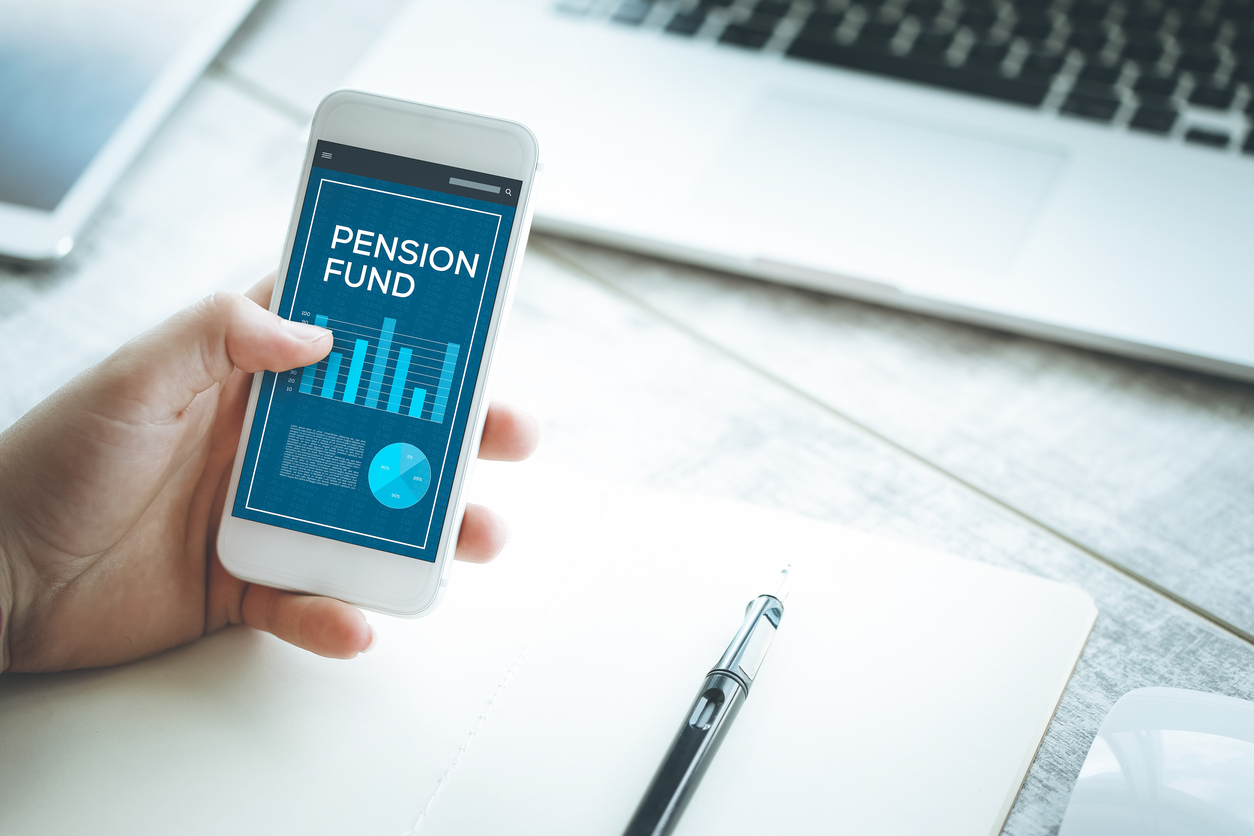Higher funding levels mean corporate sponsors get a better deal when transferring retiree obligations to insurers, so many firms are finding this to be the perfect time to transfer the risks associated with carrying pension plans.
Defined-benefit pension plans of S&P 500 companies were in aggregate 91% funded at the end of September, according to research released Monday by Goldman Sachs Asset Management. That is the highest level since the end of 2007, when these plans were 108% funded, according to the report. Nearly one-quarter of the plans are now either fully funded or overfunded, the report said.
Having a highly funded pension plan “makes transferring the risk more affordable,” said Peggy McDonald, senior vice president and actuary at Prudential Retirement, which takes over portions of corporate pensions. “A plan sponsor that’s only 80% funded is going to have to put in more money than one that’s better funded.”
She explained that a company must fully fund the parts of the plan it wishes to transfer and then pay a fee to the insurer.
A run-up in interest rates is one of two drivers bolstering pension plans’ financial standing. The yield on the 10-year U.S. Treasury note—a key credit market benchmark—surpassed seven-year highs recently and was at 3.14% on Friday. The yield is up 0.73 percentage point this year.
Higher rates translate into lower pension-plan liabilities. Plan managers use today’s interest rates to calculate how much money they need to put into their pension plans every year so that they can afford to pay out promised benefits in the future. Higher rates mean the plans can expect to earn more on their investments and therefore require smaller annual contributions from the corporate sponsor.
Pension plans are also on firmer footing as a result of increased contributions from corporate sponsors sparked by the new U.S. tax law. Many companies scrambled to top up their pensions ahead of a mid-September deadline that allowed them to claim a higher tax deduction by counting the contributions toward the prior calendar year, and therefore the old tax regime.
“This is really a unique situation of the stars aligning for funded levels to rise,” said Mike Moran, chief pension strategist at Goldman Sachs Asset Management.
And as funding levels rise, plan managers typically look for avenues to reduce the risk associated with carrying that plan, Mr. Moran said. While some companies might look to shift their investment mix toward bonds and away from stocks, others are likely to seek out opportunities to shift that risk entirely by transferring the pension to another party.
The risk can be sizable. Companies record their pension obligation as a liability on the balance sheet, but the amount changes each year to reflect shifts in interest rates and the value of the plan’s investments, among other factors. This can expose the company to swings in the stock and credit markets.
“The volatility in funded status has impacts on earnings and cash flow—it’s like a volatile debt that you have on your balance sheet,” said Prudential’s Ms. McDonald.
This volatility and the fading role of pension plans in corporate retirement programs are enticing more finance chiefs to consider transfers. Roughly two-thirds of U.S. corporate defined-benefit pension plans are either frozen or closed to new entrants, she said.
Higher mandatory pension insurance costs are another incentive for chief financial officers to consider transferring pension obligations. Companies are required to pay insurance premiums to the Pension Benefit Guaranty Corp., a federal agency that acts as a backstop to insolvent plans.
“Keeping participants in the plan is very expensive from a PBGC coverage perspective,” said Matt McDaniel, a partner at consulting firm Mercer, a unit of Marsh & McLennan Co. “This makes transferring participants to an insurer relatively more attractive.”
U.S. companies transferred $23.3 billion in pension obligations to insurers in 2017. That figure is forecast to reach between $25 billion and $30 billion in 2018, according to data from Mercer.
International Paper Co. is among the companies to recently take the plunge. The Memphis, Tenn., paper and packaging maker earlier this month struck its second pension transfer deal in as many years with a unit of Prudential Financial Inc. The insurer will take over pensions for 23,000 of International Paper’s retirees, taking on responsibility for about $1.6 billion in pension payments. The deal will reduce the company’s pension plan liabilities by 13%.
Last year, International Paper turned over responsibility for $1.3 billion of its pension liabilities covering 45,000 retirees.
A spokesman from International Paper didn’t immediately respond to a request for comment.
Meanwhile, FedEx Corp. in May transferred about $6 billion in pension liabilities covering about 41,000 retirees to MetLife Inc. in the second-biggest transfer deal for U.S. life insurers.
Representatives from FedEx didn’t immediately respond to a request for comment.
As funding levels improve, the focus for finance chiefs shifts from cost alone to assessing the risks and benefits of continuing to manage those plans.
“Part of it is a fundamental decision about whether you want to be in the pension business or not,” said Matt Herrmann, head of the retirement risk-management group at Willis Towers Watson. “As employers have shifted away from delivering retirement benefits through pension plans, the desire for plan sponsors to manage these obligations for the long term has also lessened.”
“We’re still in the early stages of the evolution of the market,” Mr. Herrmann said, adding that the U.S. corporate defined-benefit pension-plan market is between $2.5 trillion and $3 trillion.












